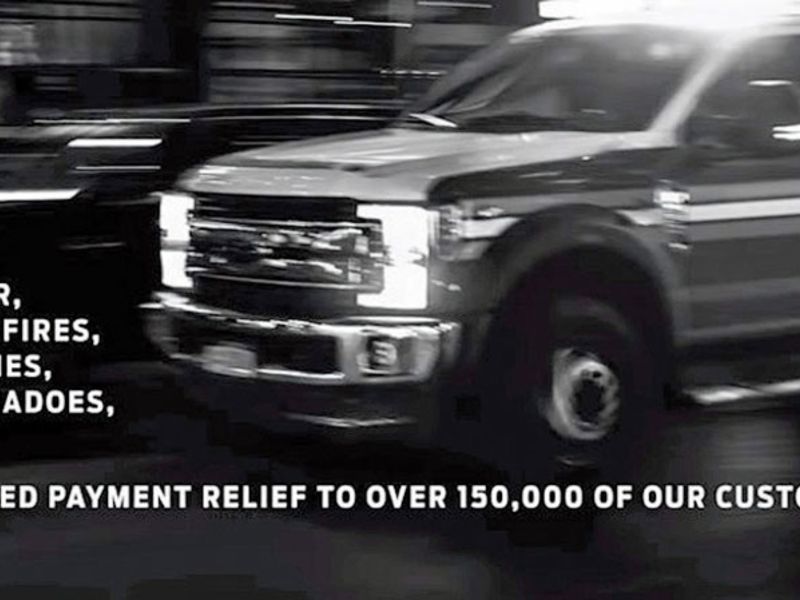
For the past two months, consumers have been awash in a wave of goodwill from automakers using TV and social media to say they are here to help.
This outpouring of assistance has revolved around a common toolbox among manufacturers: deferred payments, extended lease offers and no-interest loans that are enticing shoppers to buy during a period of economic uncertainty.
The traditional upbeat ads touting big deals have given way to sympathetic tones respecting the gravity of the moment. But the mood of the country appears to be shifting.
The atmosphere heading into the summer is one of reclamation as the economy — soon to be buoyed by the resumption of auto production to supply dealerships that have been classified as essential businesses — begins to reopen in numerous states.
The question now is, how should brands and dealerships move forward with their messaging in what could be the beginnings of an economic comeback?
Consumers’ appetites for traditional, carefree car commercials pushing the latest models and deals will depend on their outlook. The data suggest the pandemic has taken a toll.
In a Boston Consulting Group survey that gauged consumer sentiment April 24-27, 81 percent of respondents believed there would be a recession. Going further, 56 percent said they were concerned about personal finances, while 61 percent believed COVID-19 would change their behavior permanently.
Just 36 percent said their spending habits would quickly return to normal after the coronavirus was under control.
Acceptance of typical car pitches “will depend on how consumer sentiment evolves and how the economic situation evolves,” Lara Koslow, a senior partner at Boston Consulting, told Automotive News. “I think there are two factors in play with regard to consumer sentiment. There’s the sentiment around the virus, and how do I feel about my health and safety and pursuing activities and a more normal daily life, and then there’s sentiment around the recession and my financial security. We still don’t know exactly how those two things will play out over time.”
Koslow said sentiment is still poor, but the group’s data show consumers believe the worst of the coronavirus is over.
The timing of a shift back to routine advertising will depend on several factors.
“Thinking through the messages around how you come out in the market, and [ensuring ads] are thoughtful and considering the context of the market during that recovery period will be critical,” Koslow said. “The timing, I think, really depends on when government restrictions are lifted and how that consumer sentiment evolves.”
J. Walker Smith, chief knowledge officer at data and consulting company Kantar, said the economy will need to get back on track before auto advertisers return to their old formulas.
“It’s going to take us until 2022 to get back to the trend line from last year,” Smith said. “We’re in this now for a couple of years of catch-up. But once we get onto a growth track, which is probably end of the year [or] beginning of next year — the turnover in the model season — then it might be time to just think about that again.”
But in Smith’s opinion, automakers haven’t strayed that far from their tried-and-true methods of hawking payment terms and special deals. The ads, he said, just have the pandemic laid on top of them.
He liked how the adventurous Jeep brand has gone against its own interests by telling the public to stay off the roads in a digital campaign launched last month.
“It just seems very selfless because it goes contrary to everything you think an [automaker] would do,” said Ed Williams, vice president of growth and strategy at Kantar.
The Jeep campaign is part of a larger social media effort by Fiat Chrysler Automobiles touting responsible behavior to stop the spread of the virus, while honoring essential workers such as medical personnel and police officers.
Olivier Francois, FCA’s marketing chief, last month said the company was already looking at the next messaging phase: the comeback.
“We’re actively, feverishly working on what’s next and about how to really be extremely effective when it comes to the next phase, which hopefully is where everything comes back,” Francois said. “But, for now, it’s not difficult to craft the message. The message is stay home, stay healthy. Take care of yourselves, honor people who help us stay healthy, but at the same time, the only real challenge is to do that in a way that is true to each brand.”